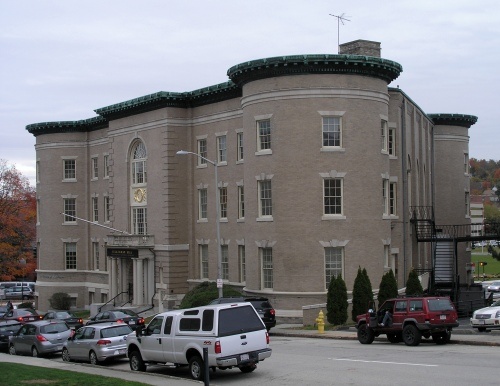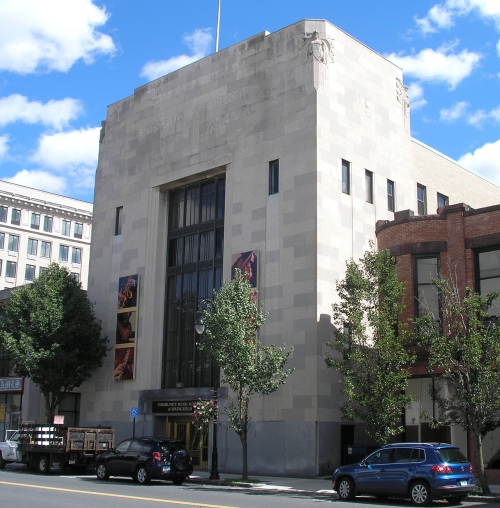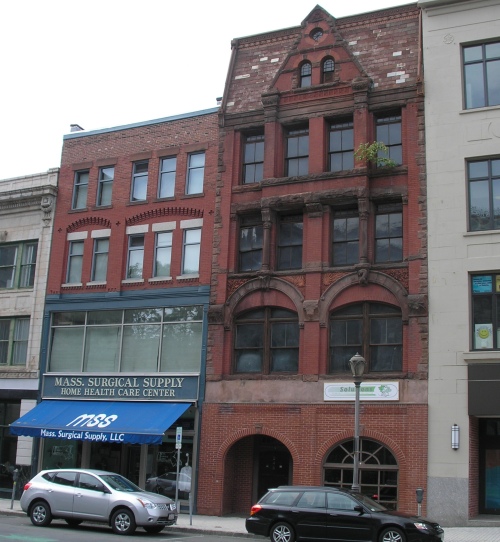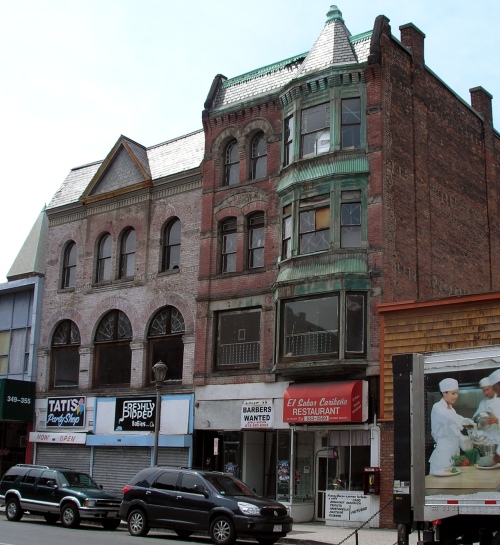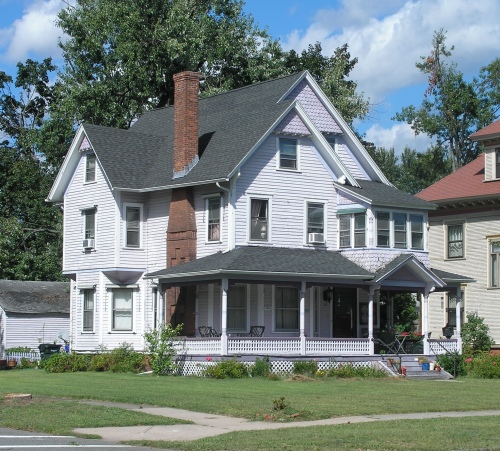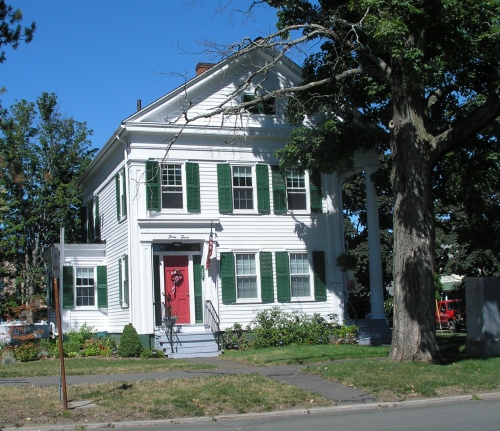Woolworths Building (1912)

Located next to the Steiger Building in Holyoke is a three-story building that was once a Woolworth store. Located at 255 (253-257) High Street, it was originally built as a double gabled red brick structure but was altered with a Beaux Arts facade around 1912.
